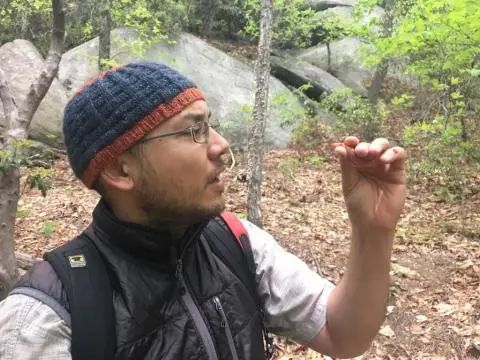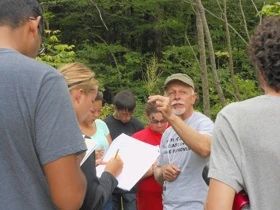Karl Joseph Niklas
【个人简介】
Karl Joseph Niklas is a plant evolutionist who uses physics, engineering, and mathematics to understand the relationship between plant form and function and how this relationship has evolved in consort with the physical environment over the course of Earth's history. His focus is on plant evolution, particuarly how the shape, size, internal structure and reproductive biology of plants have changed over the course of millions of years of evolution.
【报告题目】
A Biomechanical Perspective of Tree Allometry
【报告摘要】
The study of size and its biological consequences – called allometry or scaling theory – has fascinated biologists for centuries. Recent advances in this area of study have stimulated a renewed interest in these scaling phenomena, especially in terms of the search for mechanistic explanations that transcend mere descriptive phenomenology. These advances are reviewed in the context of plant biology. Allometric derivations are presented that predict how annual growth in total body biomass is partitioned to construct new leaf, stem, and root tissues at the level of an individual plant. Derivations are also presented to predict annual reproductive effort and to predict how the biomass of body parts changes as a function of the number of plants per unit area in communities. The predictions emerging from these derivations are then examined empirically by comparing predicted and observed scaling exponents for each relationship using a world-wide data compendium gathered from the primary literature. These comparisons provide strong statistical support for each of the allometric predictions. This support is taken as evidence that a general unifying allometric theory for plant biology is near at hand. Nevertheless, the validation of this theory requires much additional work and raises a number of procedural and conceptual concerns that must be resolved before a single ‘global’ theory is accepted.

Joseph Robbie Burger
【个人简介】
Joseph Robbie Burger is a macroecologist. His research combines ecological theory with data from field studies and large datasets to: i) uncover the fundamental principles and general rules that govern biodiversity, and ii) to use these macroecological rules as a framework to address practical issues in human and ecosystem health, biodiversity conservation, and sustainability.
【报告题目】
Life history, death and the ecosystem tax
【报告摘要】
We integrate life history and biophysical energetics to formalize the "ecosystem tax". Life histories of organisms and trophic dynamics of ecosystems are shaped by the flows of energy and materials in dead offspring that are recycled in the ecosystem. Organisms survive and reproduce by: i) assimilating biomass energy from the environment, ii) using a portion of this energy for respiration to maintain life functions, activity and reproduction, and iii) allocating the remaining energy to growth and offspring biomass production. At steady-state only a fraction of biomass produced per generation replaces the parents. The remaining fraction is the “ecosystem tax”—biomass that is lost in mortality and ultimately supports the ecosystem. No organism is exempt from the tax; the tax must be paid to leave surviving offspring, maintain populations and stay in the evolutionary game. The tax varies enormously—from ~40% in the smallest organisms (unicellular microbes, tiny invertebrates and algae) and in larger animals that provide extensive parental care (sharks, birds and mammals)—to >>99% in large organisms that produce enormous numbers of minute offspring (trees, teleost fish and marine invertebrates). Today’s industrial economies are fueled by energy in the fossilized remains of organisms paid as taxes millions of years ago.

